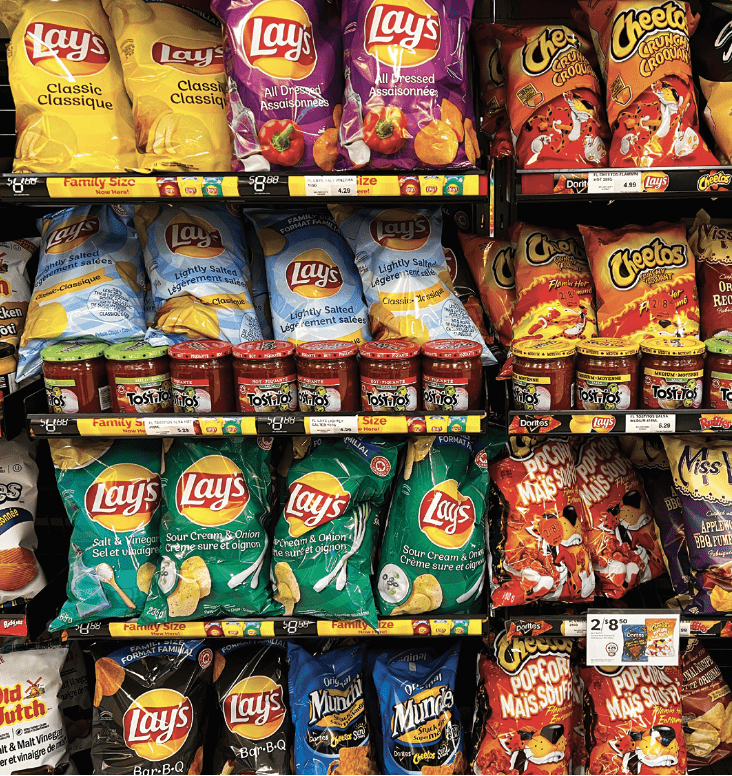The Slowest Loser

The Biggest Loser has been one of the most popular reality shows of the current millennium. The contestants, ranging from significantly overweight to morbidly obese, were offered once-in-a-lifetime opportunities to work out with celebrity trainers. With Bob Harper screaming in one ear and Jillian Michaels shouting in the other, contestants were pushed to their physical limits in an effort to shed pounds ASAP.
They were worked hard and not in a kind way. In fact, TBL sensationalized weight loss, placing it at center stage and training the spotlight on it. But the idolization of taking off pounds led to unintended consequences.
Many contestants wound up with results that were the polar opposite of what they were hoping to achieve.
It all goes back to the two elements Americans hope to control when trying to get into shape:
1. Exercise (the more the better)
2. Eating (the less the better)
Understanding that predisposition, the crafty producers at NBC pushed hard to achieve both goals. Neither’s easy to attain, so the show tugged at the heartstrings of the public and quickly became the gold standard for anyone serious about weight loss. When the lights were on and the cameras were rolling, the trainers compelled their charges to exercise non-stop and eat next to nothing.

It was a lethal combination destined for a dangerous conclusion. All too soon, adherents to that regime found themselves overexerted, dehydrated, malnourished and exhausted.
Once the gun went off and the contestants shot off the starting blocks, they were on a collision course with all of those unenviable states. At first, they experienced the problems individually, but before long they suffered from them simultaneously.
The pounds quickly fell away, but feelings of uncertainty grew ever more disturbing. Contestants were reaching a level of leanness that, for them, was uncharted territory.
Yet they struggled to embrace the unknown because losing a prodigious amount of weight motivates. It’s so motivational, in fact, that those who achieve it often don’t know when to stop. They’ll do whatever it takes to keep it going.
All Pain, No Gain
But unbeknownst to the contestants, their bodies were changing on the inside as well as the outside.
And, it wasn’t the coordinated rush of hormones like estrogen, progesterone and testosterone that accompanies adolescence. No, this was about something else entirely — a cocktail of hormonal imbalances that literally pits a body against itself in a battle for survival.
Metabolic rate: crushed.
Testosterone levels: tanked.
Thyroid output: non-existent.
Cortisol levels: spiked.
That’s 0-for-4. None of that’s good. Contestants’ bodies became chemistry experiments gone wrong—horribly wrong.
Any prolonged period of insufficient calorie-intake leads to hormonal imbalance, but on TBL, contestants sped along the express lane to those negative consequences.
Take, for instance, Danny Cahill, the Season Eight winner who lost more than 200 pounds before quickly putting 100 pounds back on once he left the show. According to The New York Times, the show left Cahill with a “metabolism slowed so much that, just to maintain his current weight of 295 pounds, he now has to eat 800 calories a day less than a typical man his size. Anything more simply turns to fat.”
So, it’s no surprise that many of the biggest losers became some of the biggest gainers following their appearances on the show. They never really had a chance to do otherwise.
The Slow Burn
Instead, a slower, steadier approach to weight loss affords opportunities along the way to mitigate negative effects and avoid a state where the body fights attempts at weight management. Laurin Conlin, a professional bikini competitor, notes that losing weight sustainably is “slower than you’d like and [takes] longer than you think.”
Losing weight properly is steady, strategic and requires a mechanical approach to lifestyle changes. It incorporates “diet breaks” to slow the process even further and to reset hormones to healthier levels. Don’t make it a race to the bottom to see who can fall the fastest, only to rebound the hardest.
Quite the opposite. Effective weight loss requires learning to get the most out of the least, to make the eventual transition to “everyday life.”
Yet, The Biggest Loser made it seem otherwise for years before the network finally cancelled it. If the producers really wanted to help people make lasting, lifelong changes, they might have called it The Slowest Loser. That would have prevented most of the post-show yo-yo effects and might even have allowed the contestants to enjoy the process of getting in shape.
The “biggest losers?” They’re the option premium buyers…the gunslingers, the shooters… swinging for the fences with their directionally-biased long options and leveraged ETFs.
However, that reasonable formula wouldn’t have kept the show on tele- vision long enough to complete its first season. Watching contestants endure the monotonous consistency of an effective diet that’s characterized by tiny changes and small victories? No way. Slow and steady isn’t sexy and doesn’t sell advertising. People want to see fast, furious, reck- less abandon that leaves contestants passing out on treadmills and puking in buckets—hormones be damned.
From Theory to Practice
And it’s not much different in the world of traders who buy spreads, sell premium and find opportunities. In trading, the storyline’s a little different and the plot varies more, but the characters essentially remain the same.
The “biggest losers?” They’re the option premium buyers. They’re the gunslingers, the shooters, the guys and girls swinging for the fences with their directionally biased long options and leveraged ETFs.
But the “slowest losers?” They’re the premium sellers. They’re the traders who trust the math and let the probabilities play out. They understand that it’s vital to “trade small, trade often”.


As with primetime TV, the shooters get all the airtime but eventually crash and burn. Meanwhile, proactive investors who choose the sure, steady, slow approach can tap into the power of sustainability.
Check this column next month — we will be taking it slow.
Jim Schultz, a derivatives trader, fitness expert, owner of livefcubed.com and the daily host of From Theory to Practice on the tastytrade network, was named a North American Natural Bodybuilding Federation’s 2017 Novice Bodybuilding Champion. @jschultzf3



















